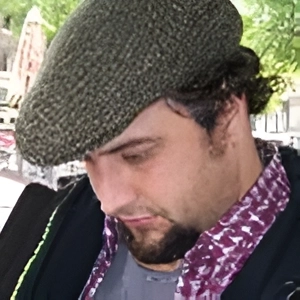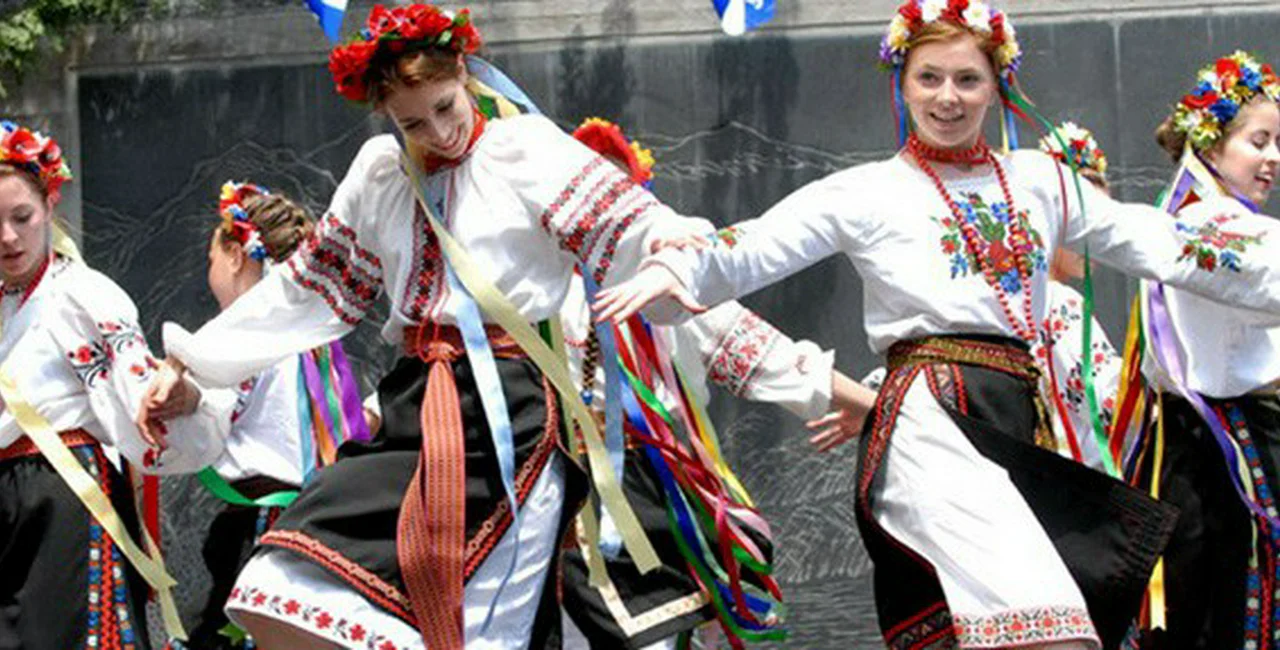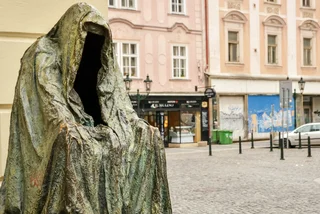Introduction
According to the latest data from the Czech Bureau of Statistics (Český statistický úřad), as of May 31st last year there were 128,636 people identified as Ukrainian living in the Czech Republic. This constitutes 30% of registered foreign nationals living in the country. Some estimates place the number as high as 200,000 due to illegal immigration. This figure is based on the seasonal demands for labor.
About half the registered Ukrainian residents are here on long-term visas; the others have permanent residency. More up-to-date numbers will be known after this year’s census, though even that may only leave an estimate as stating one’s nationality was not compulsory.

Ukrainian embassy in Prague
History
Traces of the Ukrainian community in the Czech Republic date back to the 16th and 17th century. Apparently, Ukrainian people came mostly as either mercenaries or students. In the 18th century when the regions of Bukovina and Galicia were annexed by the Holy Roman Empire (which later become the Austro-Hungarian Empire) there was another influx of Ukrainians into the Czech lands.
A more discernible cultural imprint was made during the first republic with the establishment of educational institutions. The first was the Ukrainian Open University in 1921, followed by a Ukrainian Polytechnic in Poděbrady in 1922 and another similar school in Prague a year later.
Information regarding the Ukrainian community during the communist era is hard to come by. According to one book, Sociální Situace a Religiozita Ukrajinských Migrantů v ČR (The Social Situation of Ukrainian Migrants in the Czech Republic) by Eva Pavlíková et al., most of the community was assimilated by 1989.
The Velvet Revolution brought a new wave of Ukrainian immigration. Again, getting exact figures from this time are difficult because the census in 1991 only applied to citizens and permanent residents. The earliest results of all immigrant communities are from 2001 when people with long-term visas were included.
According to this tally, the number of Ukrainian people was officially around 40,000 (PDF in Czech), with less than half employed and the remaining people holding business licenses. One study, Migrace a Imigranti v Česku by Dušan Drbohlav et al., said that at first the Czech Republic was more a ‘transit country’. Nowadays, the Czech Republic is chosen as a destination. The reasons given for this are proximity and linguistic closeness, though it could be disputed the latter always helps Ukrainian people here.
Over the years, immigration has grown as new job opportunities arose here, especially in areas Czech people are not as willing to work, for example, service and construction. This reality was confirmed by Bodhan Rajčinec from Ukrajinská Iniciativa. However he added that the Ukrainian community also includes professionals, entrepreneurs, small-business owners, and artists. Despite the increase in immigration, the establishment of more permanent settlement is not so common. One site said the immigration was “a pendulum movement”. Drbohlav’s aforementioned book described the immigration as ‘circular’.
Not all Ukrainian people coming to the Czech Republic can simply be considered ‘economic migrants’. According to a recent article, the single largest group by nationality seeking asylum in the Czech Republic were from Ukraine. The constituted 15% of 833 requests for asylum. Of course, this is still quite small compared to the number coming for employment and business.
Ukrainian Culture in Prague
Despite the size of the Ukrainian community, its presence is not felt as strongly as other minorities in the sense of cultural events or a shop-front presence. The aforementioned Ukrajinská Iniciativa is an important means of supporting Ukrainian culture and informing people of events. Another group redressing this problem is Džrelo, whose name comes from the Ukrainian word for ‘source’. The group hopes to preserve the customs and traditions of their minority while also promoting a more positive view of the Ukrainian community.
Covering events for the Ukrainian community is the magazine Пороги (Thresholds), pronounced “porohy”. One thousand copies are published each two weeks. The magazine is distributed throughout the Czech Republic where the Ukrainian community is found. This venture is supported by the Czech Ministry of Culture.
Food is perhaps the most direct way to experience a culture since all you have to do with your tongue is taste. The only place to go in Prague for Ukrainian cuisine is Dnister, located at Na Morani 6, around the corner from the Karlovo náměstí metro station. The staff are friendly and are happy to make suggestions. A three course meal with drink and coffee will set you back about 350 CZK. There are lunch specials but most of them seem to be Czech.

Borscht
On one particular visit, I had Ukranian borsch – a thick soup made with beetroot and chicken and is a meal in itself. For the main I had pelmeni, which is somewhat similar to ravioli, but more substantial. They are boiled and served with sour cream. For dessert, I had a type of Ukrainian crepe called Nalysnyky, which were crispier than the French style crepes and filled with sweetened quark cheese. Other typical Ukrainian dishes include Varenyky, a type of stuffed dumpling, and Shashlik, a Ukrainian version of the kebab. As is typical of many Central and Eastern European cuisines, the food is more about substance than style. However, there’s no denying it is a filling lunch and this restaurant compares well to Ukrainian cuisine back in Ukraine.
One of the most important days for the Ukrainian community is Easter. Mr Rajčinec said that many Ukrainian people go home at this time of year. For those who stay in the Czech Republic, celebrations are take place Ukrainian Orthodox churches, for example at the St. Cyril and St. Methodius Cathedral at Karlovo Náměstí, at midnight. At the Prague church an estimated 2000 to 3000 people usually gather. The masses include a procession in which people carry candles and special Easter baskets. Some Ukrainian traditions are also similar to the Czech traditions such as the whipping with willows branches (though, apparently, women can also whip back) and the painting and giving out of eggs.
Integration and Assimilation
The question of integration is difficult and depends on the willingness of the majority society and the minority group. With around 200,000 Ukrainians in the Czech Republic, it is very difficult to generalize about feelings. However, there may be some living conditions which are barriers. From the Ukrainian side, as with other minority groups, it could be the tendency to be grouped with other people of the same nationality in the same workforce, giving little opportunities for multicultural interaction.
Also, it could be that the stay is seen as temporary and see little point in learning much of the language, especially if there is enough social support from their own community. Religion could also play a role. Ukrainians appear more religious than Czechs, so it’s only natural that if the church is important they will socialize more with fellow believers. On the other hand, the church can also be sought for its social role.
Family obligation may also make permanent residency unappealing or impossible. Some Ukrainian people had to leave elderly parents or grand-parents in Ukraine, and so of course want to return home to see them or to take care of them.
From the Czech side, the Ukrainians may feel ostracized and unwelcome. From the Czech point of view the attitude may seem harmless. Mutual mockery is common amongst neighboring nations, or nations in close proximity (think of the English and the Scottish, or Australians and New Zealanders). People from these nations might, like many Czechs, think their comments or stereotypes are harmless. For Ukrainians here it might mean the difference between jobs. Mr Rajčinec also gave his perspective on this question. He said that individual cases are different.
Given the size of the Ukrainian community, it is undeniable that it is playing a role in Czech society. Perhaps with improving relations and attitudes that role will be reflected in a more visible cultural presence.
Please leave us your thoughts below.
***
Other articles in this series:












 Reading time: 6 minutes
Reading time: 6 minutes 

























